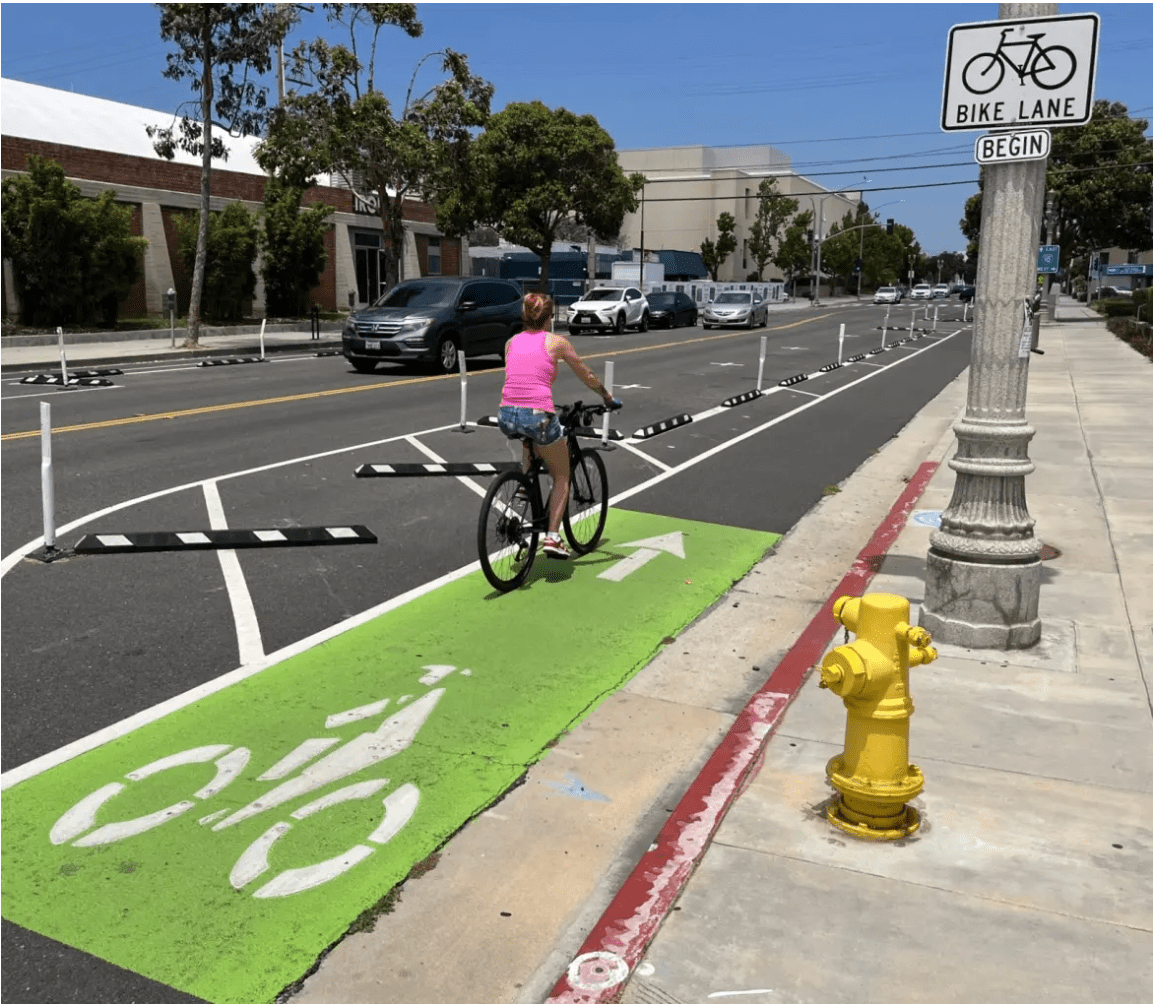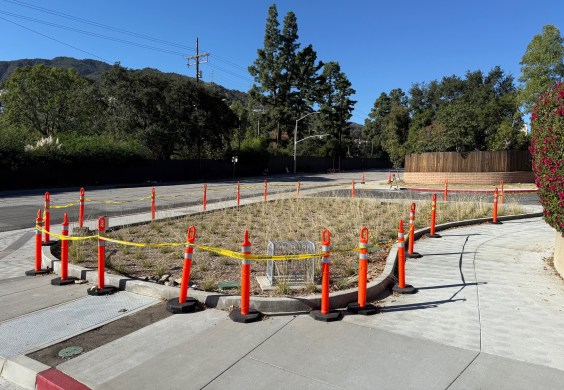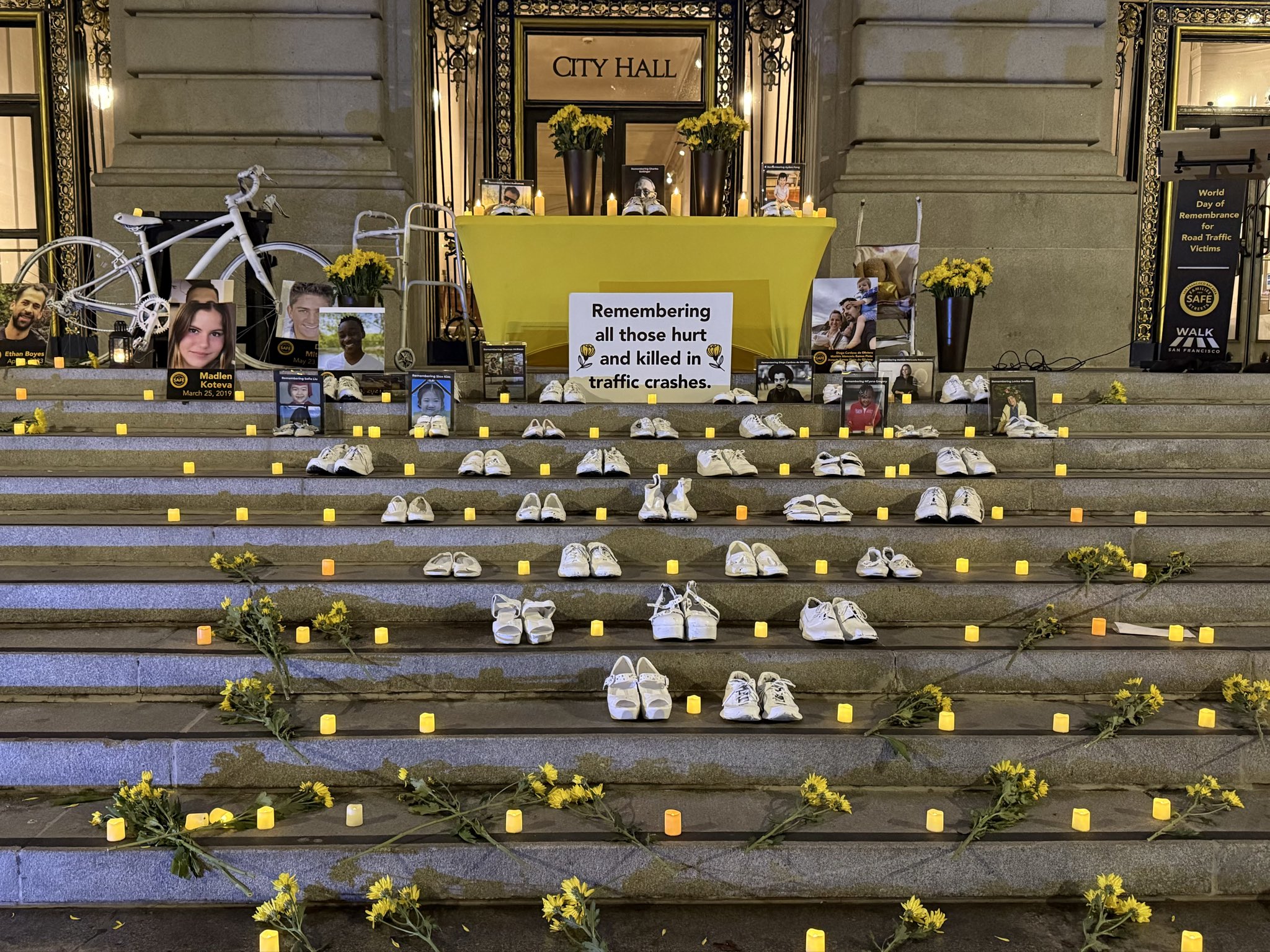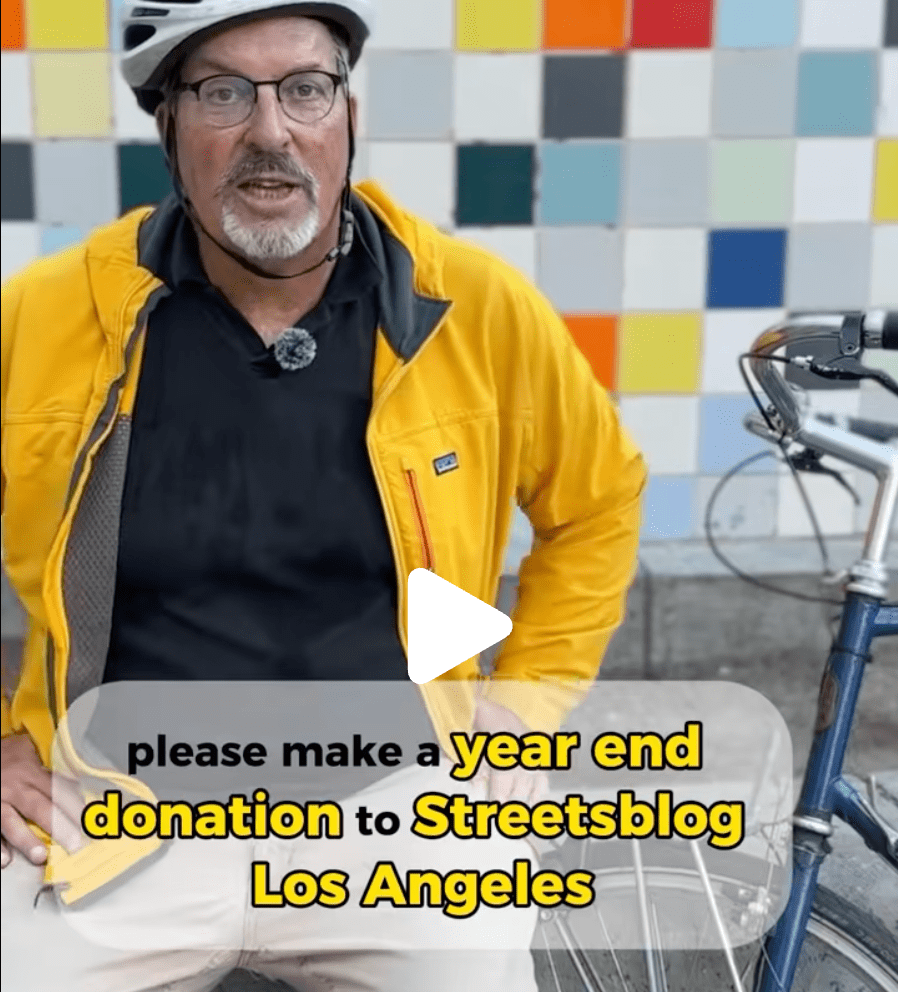As the clock ticked down on the deadline to sign or veto legislation yesterday, Governor Gavin Newsom signed a list of transportation-related bills that will improve safety for all road users, make it easier to build transit, bicycle and pedestrian projects, and allow Bay Area Transit agencies to place a measure on the November 2026 ballot to fund operations.
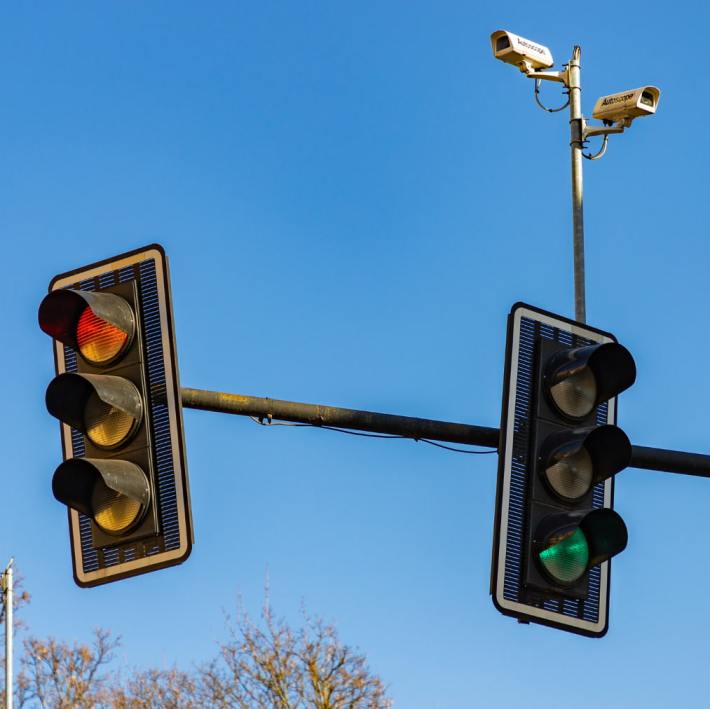
The cameras are coming
It should have been a slam dunk for the governor to sign Senate Bill 720, Automated traffic enforcement system programs, but supporters were worried that the perceived unpopularity of red light cameras would sink the legislation. Once word trickled out that it was signed, the celebration began.
“What started as an idea three years ago — why don’t we reform CA’s failed red light camera law so it can be used only for safety — is now official!” enthused Damian Kevitt, the executive director and founder of Streets Are For Everyone (SAFE).
“While SB 720 won’t bring back the hundreds of people killed each year in CA due to red light and intersection violations, we finally have a tool that has privacy and equity safeguards, yet better enforcement and safety provisions to start to bring sanity back to intersections.”
SB 720 would modernize state regulations for municipalities to create and operate red light camera programs. Similar changes in other states have led to dramatic decreases in crashes and fatalities. Read More.
The hope is that SB 720 will lead to more red light camera programs, and safer intersections across the state. Another piece of legislation, Assembly Bill 289, State highway work zone speed safety program, seeks to put cameras on highways to create safer space for Caltrans and other highway workers.
Caltrans would be authorized to deploy up to 35 speed cameras in highway work zones across California. Vehicle owners caught traveling at least 11 mph over the speed limit would receive violation notices by mail. First-time offenders driving 11 to 15 mph over would get written warnings, while repeat offenders would face a $50 fine. Those driving 16 to 25 mph over would be fined $100, and speeds of 26 to 99 mph over would result in a $200 fine. Drivers exceeding 100 mph would face a $500 penalty.
“The danger is very real for road workers and for drivers,” said Assemblymember Matt Haney (D–San Francisco), who introduced the legislation. “AB 289 is how we stop these tragedies before they happen.”
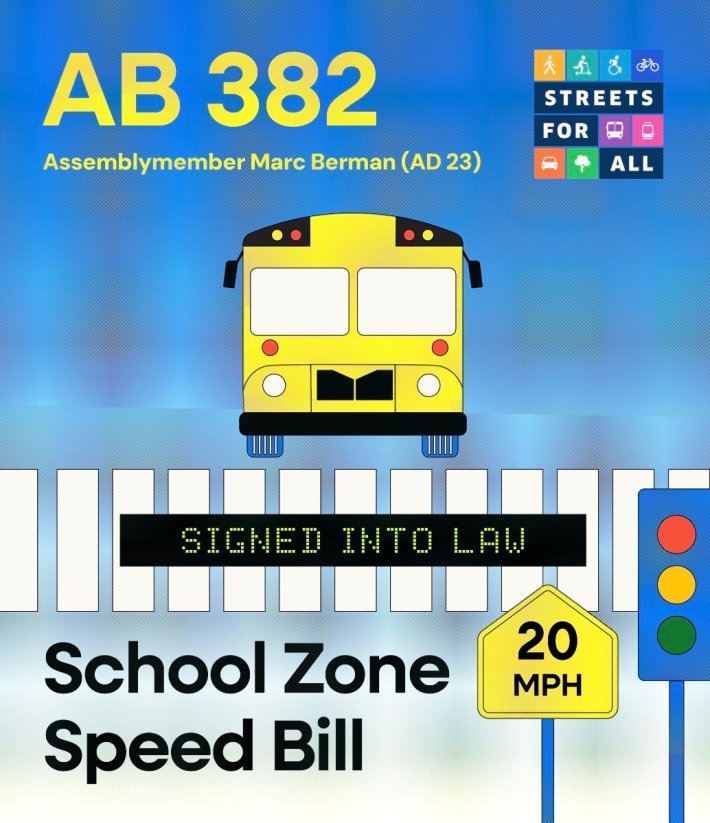
Other Safety Wins
Governor Newsom didn’t just sign Assembly Bill 366, Ignition interlock devices, he also promised to sign an even stricter law next year.
AB 366 would extend the operation of a breathalyzer indefinitely after a driver is found guilty of two DUIs. In his signing statement, Newsom didn’t just praise the legislation and the bill’s author, he also promised to make the law apply to anyone found guilty of a DUI, not just repeat offenders.
“Drunk driving is a crime, there should be no first time free pass,” said Assemblywoman Cottie Petrie-Norris (D-Irvine), who introduced AB 366.
“This bill is about accountability and prevention, and about making sure no family has to experience another avoidable tragedy. I am also extremely grateful to my legislative colleagues, who overwhelmingly supported the policy, and know we will work with the Governor to find the simple funding solutions that will save thousands of lives.”
Assembly Bill 382, Pedestrian safety: school zones: speed limits,
The bill will lower the speed limit in school zones from 25 mph to 20 mph. Until January 1, 2029, local governments may adopt the 20 mph limit by ordinance; starting in 2031, 20 mph will become the default under certain conditions (such as when signs indicate “children are present”).
It also gives local authorities the option to set a 15 mph speed limit in residential segments of school zones on roads already posted at 30 mph or lower, or to set 25 mph limits when approaching school zones from 500 to 1,000 feet away. AB 382 revises the definition of “school zone” (to 500 feet around school grounds unless otherwise posted) and adjusts the “speed trap” law to conform with these changes.
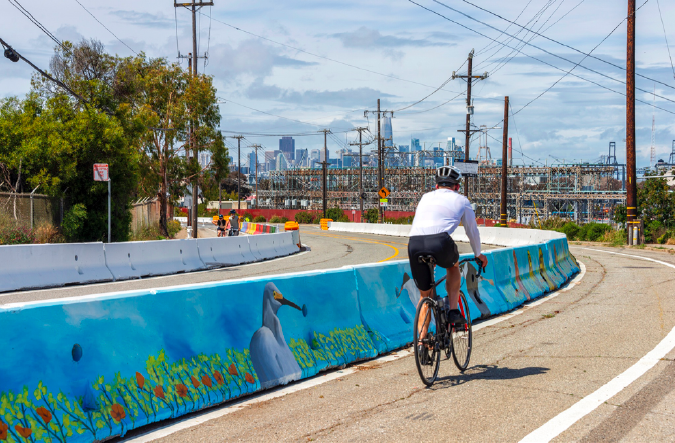
Faster Delivery for Transit, Bicycle and Pedestrian Projects
Senate Bill 71, California Environmental Quality Act: exemptions: transit projects, makes permanent and expands CEQA exemptions for sustainable transportation projects in California. The legislation was introduced by Senator Scott Wiener.
The bill removes a 2030 sunset on existing exemptions for bike, pedestrian, and transit projects, allowing them to proceed without full environmental review. It also extends exemptions to include bus stops, shuttles, ferries, and zero-emission transit infrastructure. Projects must stay within existing rights-of-way and cannot widen highways. Larger projects face extra oversight, with updated cost thresholds managed by the Office of Land Use and Climate Innovation.
Passage of SB 71 was a piece of high priority legislation from CalBike.
“This change provides certainty to sponsors of projects with long lead times, who would become more hesitant to claim the exemption as 2030 approaches,” said SPUR transportation policy director Laura Tolkoff.
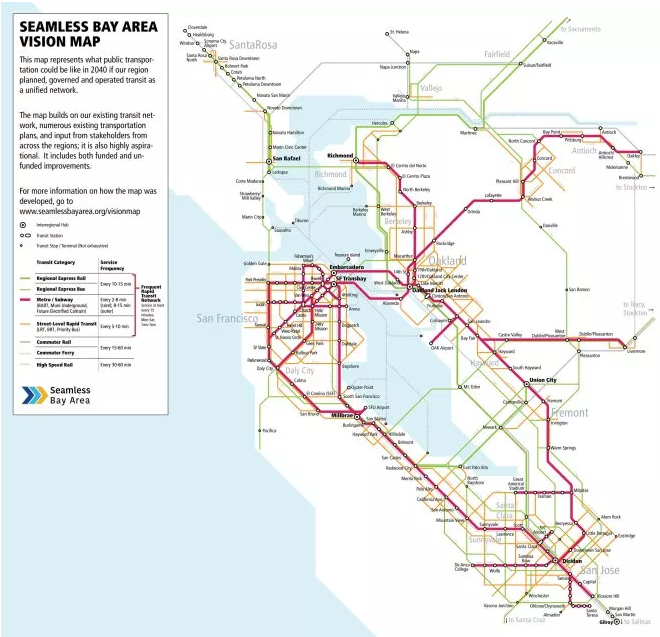
And Yes, the Bay Area Can Push Its Transit Funding Ballot Measure
SB 63, San Francisco Bay area: local revenue measure: transportation funding: SB 63 greenlights Bay Area transit agencies to fund operations via a November 2026 ballot measure. Streetsblog has written a lot about this measure (read more: one, two,) and Streetsblog San Francisco will have more about this measure later today.
